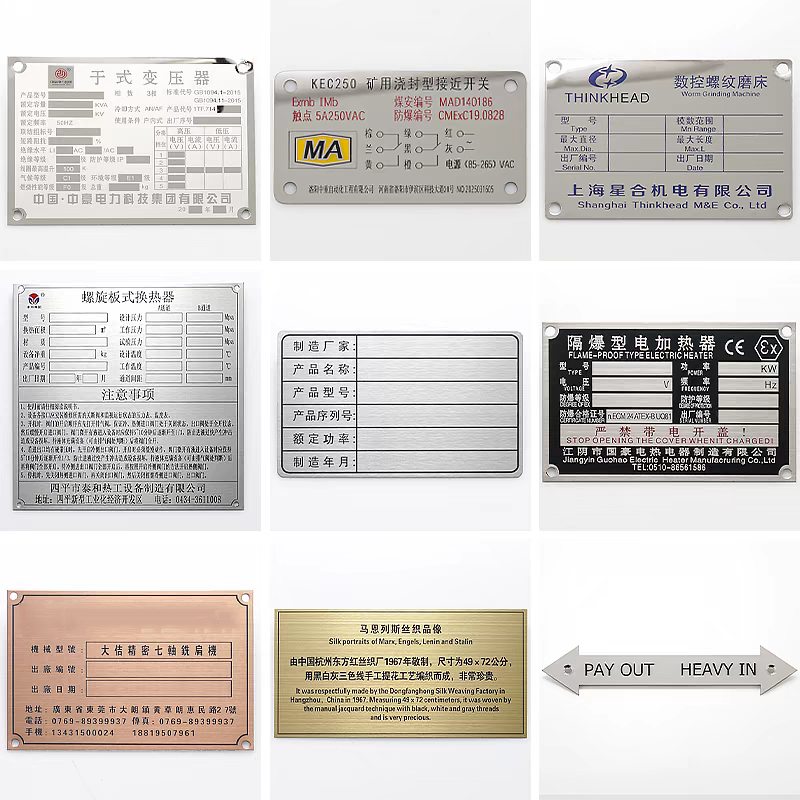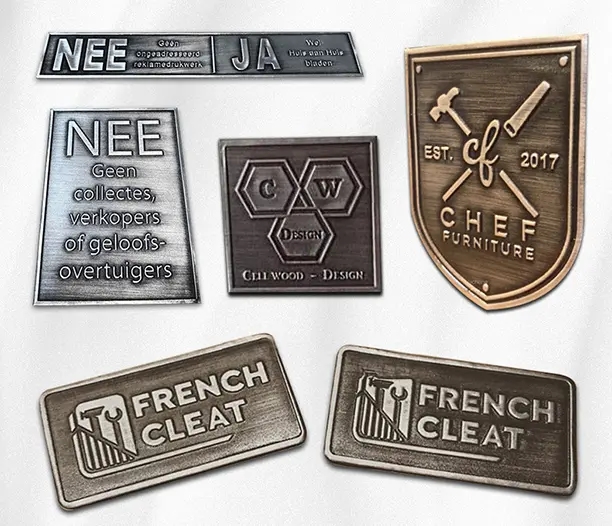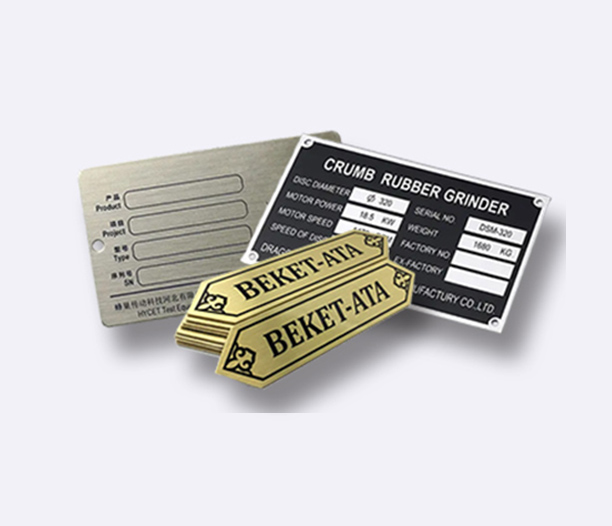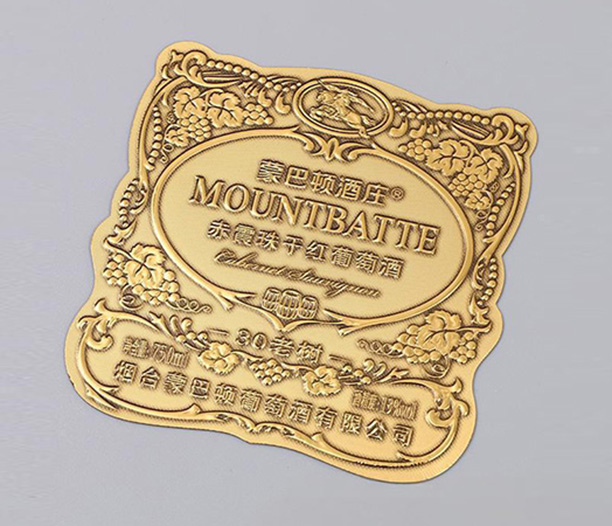In the world of manufactured housing, a small metal plate holds immense power. HUD tags for manufactured homes are far more than just identification markers; they are the cornerstone of legality, safety, financing, and value for these dwellings. Often misunderstood or overlooked, understanding these tags is non-negotiable for homeowners, buyers, sellers, and industry professionals. This comprehensive guide dives deep into seven essential aspects of HUD tags for manufactured homes, empowering you with the knowledge you need.

1. What Exactly Are HUD Tags for Manufactured Homes? (The Foundation)
HUD tags for manufactured homes, officially known as HUD Certification Labels, are permanent metal plates affixed to the exterior of every manufactured home built after June 15, 1976, in compliance with the Federal Manufactured Home Construction and Safety Standards (HUD Code). Think of them as the home's official "birth certificate" issued under federal authority.
Appearance: Typically, they are red, silver, or aluminum-colored metal plates, roughly 2 inches by 4 inches in size.
Location: You'll find one HUD tag on the exterior of each transportable section of the home. For a single-section home, there's one tag. For a double-wide, there are two tags – one on each section. They are usually located near the rear corner of each section, on the end wall, or sometimes near the electrical panel or hitch.
Key Information: Each label displays:
The statement "Manufactured Home Construction and Safety Standards" and the HUD emblem.
A unique serial number (often called the HUD label number or certification number).
The manufacturing date (month and year).
The manufacturing plant code (identifying where the home was built).
The design approval primary inspection agency (DAPIA) that approved the home's design.
The production inspection primary inspection agency (IPIA) responsible for inspecting the home during construction.
Purpose: These HUD tags for manufactured homes serve as irrefutable proof that the home was constructed to meet the stringent federal HUD Code standards in effect at the time of its manufacture. They signify compliance with regulations covering structural integrity, fire safety, energy efficiency, plumbing, heating, electrical systems, and more. HUD tags for manufactured homes are not the same as the data plate (which is inside the home) or the serial number plate often placed by the manufacturer near the hitch.
2. Why HUD Tags for Manufactured Homes Are Absolutely Crucial (The Importance)
The presence and legitimacy of HUD tags for manufactured homes are paramount for several critical reasons:
Proof of Legitimacy and Compliance: The tag is the primary evidence that the home is a true "manufactured home" built under the HUD Code, distinguishing it from mobile homes built before 1976 (which fall under various state codes, often less stringent) or potentially unpermitted structures. Homes without valid HUD tags for manufactured homes may face significant legal and practical hurdles.
Financing Eligibility: Virtually all traditional lenders (banks, credit unions) and government-backed loan programs (FHA Title I, FHA Title II, VA loans, USDA loans) require valid HUD tags for manufactured homes as a fundamental condition for mortgage approval. No tags often mean no loan. Lenders view the tags as assurance of minimum safety and construction standards, reducing their risk.
Insurance Coverage: Reputable insurance companies typically require verification of HUD tags for manufactured homes before issuing a homeowner's insurance policy. They need proof the home meets federal safety standards to accurately assess risk and offer coverage. Missing tags can lead to denied coverage or significantly higher premiums.
Resale Value and Marketability: A manufactured home with intact, verifiable HUD tags for manufactured homes is significantly more marketable and valuable than one without. Potential buyers and their agents will prioritize homes with clear documentation of HUD compliance. Missing tags raise red flags about the home's history, potential legal issues, and difficulty in securing financing, drastically shrinking the pool of potential buyers.
Legal Protection: The tags link the home to its original construction specifications and compliance records. This can be crucial in disputes regarding warranties, liability, or if the home is damaged. It provides a traceable history back to the manufacturer and inspection agencies.
Safety Assurance: While not a guarantee against all problems, the presence of the tag signifies that the home was built to a nationally recognized set of safety standards designed to protect occupants.

3. How to Locate and Read Your HUD Tags for Manufactured Homes (Verification)
Knowing where to find and how to interpret your HUD tags for manufactured homes is essential:
Location Revisited: As mentioned, check the exterior rear corners of each section. Look low on the end walls (the narrow ends, not the long sides), near the bottom edge, often just above the skirting line. Also check near the electrical service panel entry point or near the hitch/tongue area. They should be permanently riveted to the home's steel frame.
Reading the Tag:
Label Number: This is the unique identifier for your specific home section. Record this number carefully. It usually starts with letters representing the state where the plant was located, followed by a plant code number, then a sequential serial number (e.g., CA123456789).
Date: Shows the month and year of manufacture (e.g., 08/2020).
DAPIA: The acronym or name of the agency that approved the home's design plans (e.g., PIA, NTA, IAPMO).
IPIA: The acronym or name of the agency that oversaw quality control and inspections during the home's construction in the factory (often the same as the DAPIA, but not always).
Verification: You can (and should) verify the authenticity of your HUD tags for manufactured homes through the HUD Label Verification service, typically managed by the IPIA that originally certified the home (like DAPIA at IBTS.org). This involves submitting the label numbers and paying a fee to receive official verification reports. This is crucial when buying a home or dealing with financing/insurance.
4. The Process for Replacing Lost or Damaged HUD Tags (Remediation)
Losing a HUD tags for manufactured homes is a serious issue, but replacement is sometimes possible through a formal process called a "Verification of HUD-Label" (VTR):
When is Replacement Possible? Replacement is generally only considered if the original tags were legitimately issued but subsequently lost, damaged, or destroyed. It is not a process for homes that never had tags (pre-1976 homes or potential bootlegs).
The VTR Process:
Contact the Original IPIA: You must determine which IPIA (Inspection Agency) was responsible for the home's original certification. This information might be on the data plate inside the home or potentially traceable via state titling records.
Application: Contact that IPIA (or the current entity managing HUD label verification for that manufacturer/plant) and request a Verification of HUD-Label packet. Organizations like IBTS (DAPIA) commonly handle this.
Documentation: Prepare extensive documentation. This always includes:
Clear photos of the home (all sides).
Photos of the data plate inside the home.
Photos of the HUD tag(s) if damaged/partial.
A detailed explanation of how the tag was lost/damaged (affidavit).
Proof of ownership (title, deed).
Any available manufacturing records or sales documents.
A site plan showing the home's location.
Payment for processing fees (several hundred dollars).
Engineering Review: The IPIA will assign an engineer or third-party inspector to examine the home. They will conduct a thorough inspection to verify that the home appears to be the original HUD-certified home, matches the description for the label number claimed, and still substantially conforms to the original HUD Code standards it was built under (especially structural elements). This inspection is rigorous and focuses on core safety components.
Approval and Issuance: If the IPIA's engineer is satisfied, they will recommend issuance of replacement labels. The IPIA will then issue new, specially marked "Replacement" HUD tags for manufactured homes. These tags will often have a prominent "R" or the word "Replacement" on them. They are then permanently affixed to the home in the standard location.
Complexity and Cost: This process is complex, time-consuming (can take months), and expensive (inspection fees, engineering fees, application fees). Success is not guaranteed and depends heavily on the inspector's findings and the availability of corroborating evidence. Never attempt to fabricate a tag – this is fraud.
5. The Legal and Financial Consequences of Missing HUD Tags (The Risks)
Operating a manufactured home without valid HUD tags for manufactured homes carries significant risks:
Financing Impossibility: As stated earlier, securing a traditional mortgage or refinancing an existing loan on a home without tags is extremely difficult, often impossible. This severely limits ownership options to cash buyers only.
Insurance Denials or Limitations: Obtaining comprehensive homeowners insurance is a major challenge. Insurers may refuse coverage outright, offer only limited liability coverage (excluding the structure itself), or charge prohibitively high premiums due to the perceived increased risk.
Reduced Resale Value and Marketability: The pool of potential buyers shrinks dramatically. The home becomes significantly harder to sell, and its market value plummets due to the associated financing and insurance difficulties. Disclosing missing tags is mandatory and will deter most buyers.
Titling and Registration Issues: Many state titling agencies (which handle manufactured homes similarly to vehicles) require verification of HUD tags for initial titling or transferring titles. Missing tags can stall or prevent this process.
Permitting Challenges: Local building departments may scrutinize additions, renovations, or even occupancy permits more heavily if the home lacks its original HUD tags for manufactured homes, questioning its foundational compliance.
Legal Liability: In the event of an accident (e.g., fire, structural failure) potentially linked to non-compliant construction, the absence of HUD tags could complicate liability claims and insurance payouts, potentially exposing the homeowner to greater personal risk.
Difficulty Proving Age/Origin: Without the tag, definitively proving the home's manufacture date and compliance status becomes much harder, impacting value assessments and historical verification.
6. HUD Tags vs. Data Plates & Serial Numbers (Clearing Confusion)
It's vital to distinguish HUD tags for manufactured homes from other identifying markers:
HUD Certification Label (The Tag): The metal plate riveted to the exterior frame of each section. Its sole purpose is to certify compliance with the HUD Code. Contains the HUD label number, date, plant code, DAPIA, IPIA.
Data Plate (Certificate): A paper or laminated document inside the home, typically found inside a kitchen cabinet door, bedroom closet, electrical panel, or near the main breaker box. It provides detailed information specific to that home:
Manufacturer's name and address.
Model designation.
Serial Number(s) - This is different from the HUD label number.
HUD Label numbers (should match the exterior tags).
Date of manufacture.
List of key factory-installed appliances and their certification info.
Roof load zone, wind load zone, thermal zone maps.
Instructions for chassis anchoring and utility connections.
Manufacturer's Serial Number Plate: Often a separate metal plate or sticker, usually placed near the hitch or tongue of the home section. It primarily displays the manufacturer's serial number (which should also match the serial number on the Data Plate). It might also show the model name/number and manufacturer. It does not carry the HUD emblem or certification information like the HUD tag.
All three are important, but the exterior HUD Certification Label is the non-negotiable proof of federal compliance required by lenders and insurers.
7. Protecting and Maintaining Your HUD Tags (Best Practices)
Given their critical importance, safeguarding your HUD tags for manufactured homes is essential:
Never Remove Them: Removing a HUD tag is illegal under federal law (24 CFR 3282.210). Tampering with or altering them is also prohibited.
Document Thoroughly: Take clear, high-resolution photographs of each HUD tag, the Data Plate, and the Manufacturer's Serial Number Plate. Store these photos digitally in multiple secure locations (cloud storage, email, external drive). Keep copies of your VTR report if you've had tags replaced.
Be Mindful During Work: If you undertake exterior work near the tag locations (siding replacement, skirting installation, repairs), take extreme care to protect the tags. Cover them securely and ensure workers know not to damage or remove them.
Check Periodically: Make it a habit to visually check your HUD tags for manufactured homes annually. Ensure they are still securely attached, legible, and haven't been painted over or obscured by vegetation or debris. If you notice damage, start the VTR process proactively.
Understand "Red Tags": If a HUD tag is removed by an authorized inspector because the home was found to have imminent safety hazards or serious code violations that haven't been corrected, it's known as being "red-tagged." This is a severe situation requiring immediate remediation and re-inspection before the home can be legally occupied again. Reinstatement of the tag requires fixing the violations.
HUD tags for manufactured homes are far more than simple metal plates. They are the fundamental proof that your home meets critical federal safety and construction standards. They unlock financing, secure insurance, protect your investment, ensure legal compliance, and provide peace of mind. Understanding what they are, why they matter, how to verify them, and the severe consequences of their absence is crucial for every manufactured homeowner and prospective buyer. Treat these tags with the importance they deserve – they are truly your home's passport to legitimacy in the housing market. If your tags are missing or damaged, proactively pursuing the Verification process is the only responsible path forward. Never underestimate the power and necessity of those small metal plates riveted to your home's frame.






